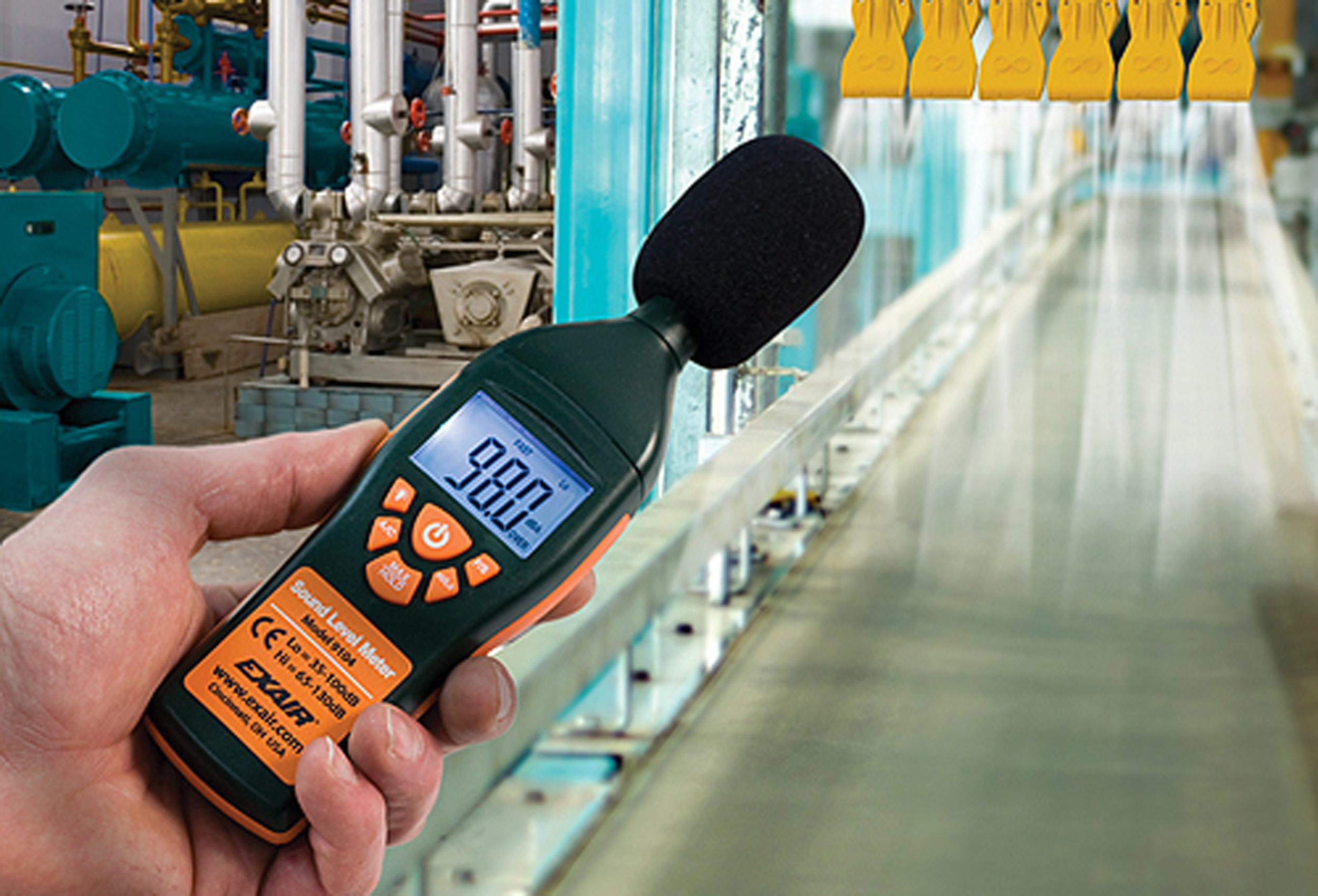Measuring sound is an important task in various fields such as acoustics, music production, workplace safety, and environmental studies. Sound is an auditory sensation caused by pressure variations in the air or other media, and it’s measured in terms of sound pressure level (SPL). To accurately measure sound, specific tools and methods must be used. This article will guide you through the basics of measuring sound.
Understanding Sound Measurement Units
Decibels (dB)
A decibel is a unit used to measure the intensity of sound or the power level of an electrical signal by comparing it with a given level on a logarithmic scale.
Hertz (Hz)
- This unit measures the frequency of sound vibrations per second. It defines the pitch of the sound.
- Tools for Measuring Sound
Sound Level Meter (SLM)
This is an instrument that measures sound pressure level. An SLM usually has a microphone that captures sound and converts it into electrical signals for analysis.
Dosimeter
This device is used to measure cumulative exposure to sound over time, which is especially useful for ensuring compliance with workplace safety regulations regarding noise levels.
Smartphone Apps
There are various apps available that can provide a rough estimate of SPL. However, these are not considered as accurate as professional equipment.
Steps to Measure Sound
Step 1: Choosing the Right Equipment
Select a high-quality sound level meter to ensure accurate measurements. There are different types of SLMs catering to various needs – from basic models for simple tasks to sophisticated ones for detailed acoustic analysis.
Step 2: Set Up Your Equipment
Before taking any measurements, make sure to:
- a. Calibrate your sound level meter using a calibrator to ensure the accuracy of readings.
- b. Understand the settings on your device. Most SLMs have weightings (A, C, or Z) and response settings (fast, slow, or impulse) that affect how readings are taken.
Step 3: Taking the Measurements
Find an Appropriate Location
The place where you measure sound can significantly affect the readings. Avoid sound reflections from nearby surfaces by taking measurements in an open area when possible.
Acoustics in architecture involves designing a building to control how soundwaves reverberate off its interior in such a way as to maximize clarity, amplifying sound in areas where it’s appropriate to do so, and reducing noise levels where doing so is beneficial.
Hold the Meter Correctly
Hold the SLM at arm’s length and at ear level to get a valid reading of the sound that a person would normally experience in that environment.
Record the Measurements
Note the reading on the SLM. Take several measurements over a period of time to account for variations in sound levels.
Step 4: Analyze the Data
After collecting data, it’s important to analyse it:
- Check for any patterns in the sound levels.
- Determine the average sound level and note any peaks or troughs.
- If using a dosimeter, interpret the data to understand exposure levels over the measurement period.
Step 5: Understand the Implications
Understanding the implications of the measured SPL is critical:
- In work environments, ensure that the noise levels are within legal limits to prevent hearing damage.
In music production, use the readings to adjust audio levels for optimal sound quality. - In urban planning or environmental studies, assess noise pollution and its impact on humans and wildlife.
Conclusion
Measuring sound accurately is vital for a variety of applications. By using the correct tools and following proper measurement procedures, you can gain reliable data about the auditory environment. Regular sound measurements are crucial for protecting hearing health, controlling noise pollution, and achieving the best audio experience in various settings.
Remember, while technology provides us with tools to measure sound, careful set-up and consistent methodology are key to obtaining meaningful measurements.
